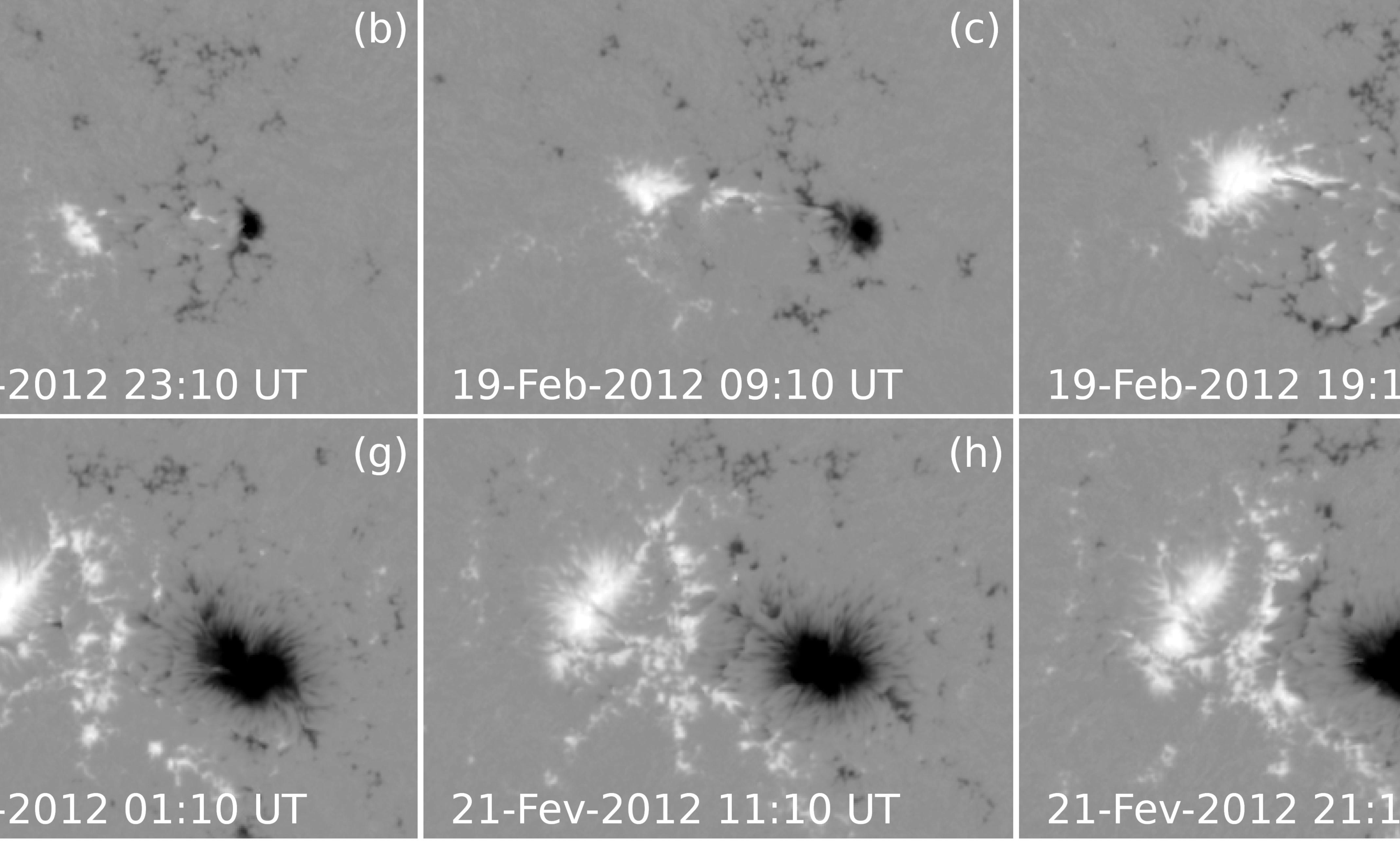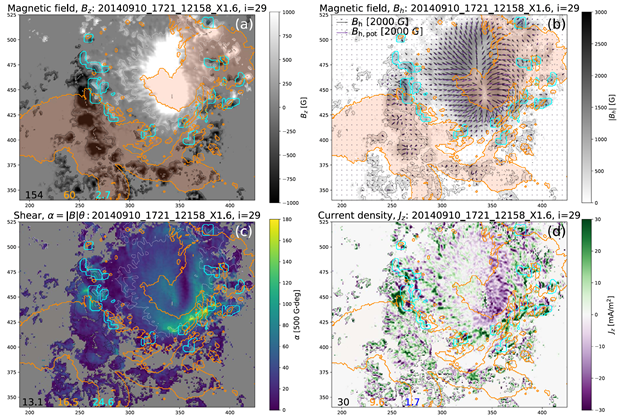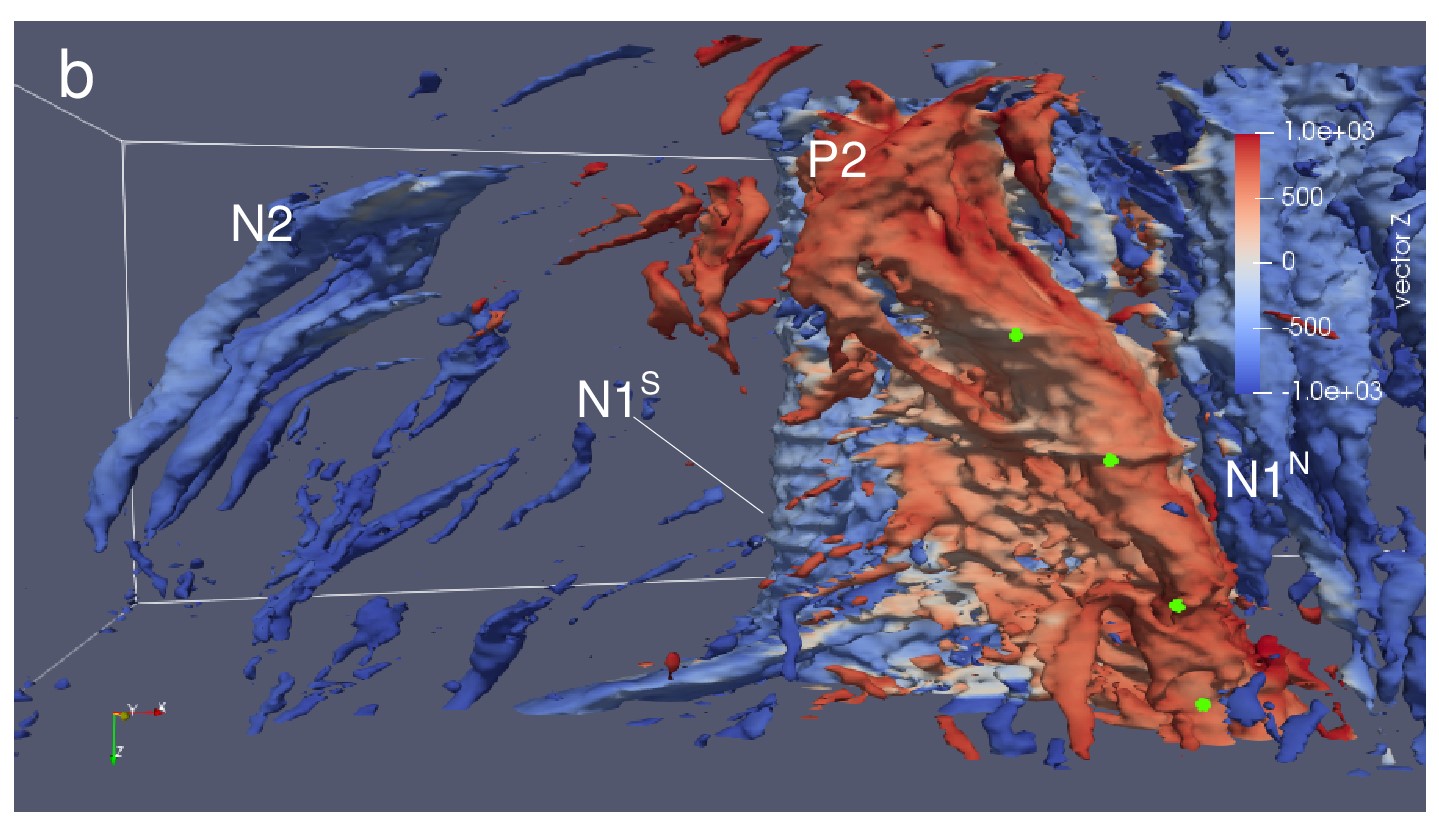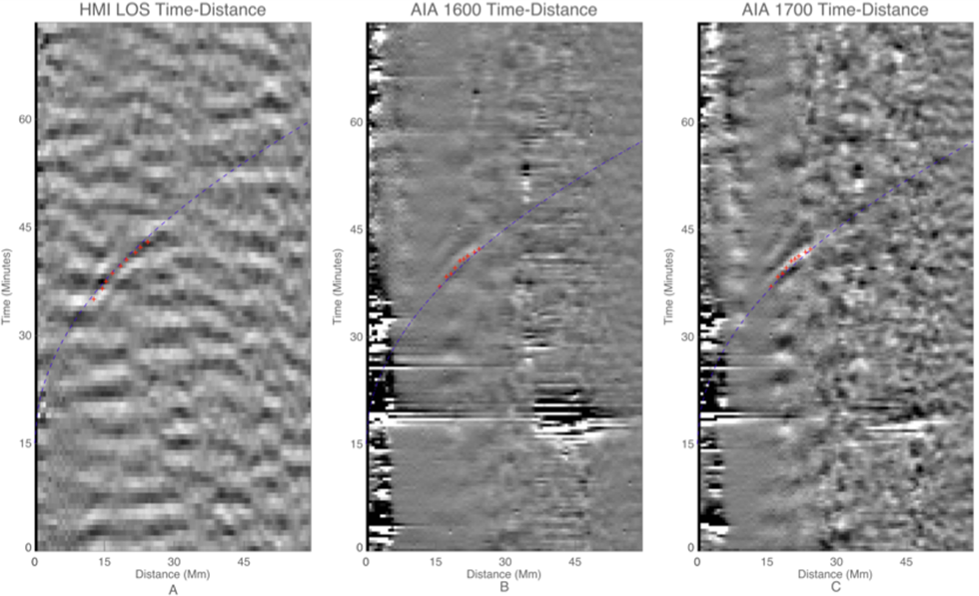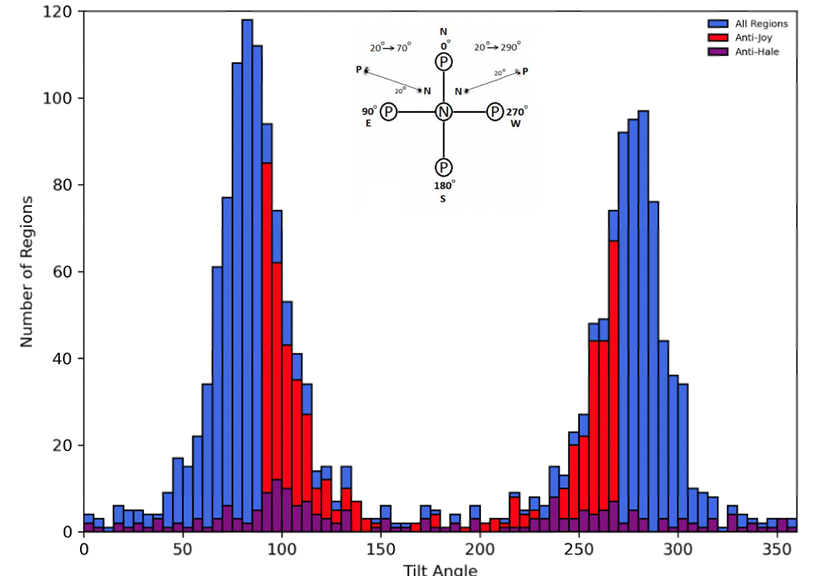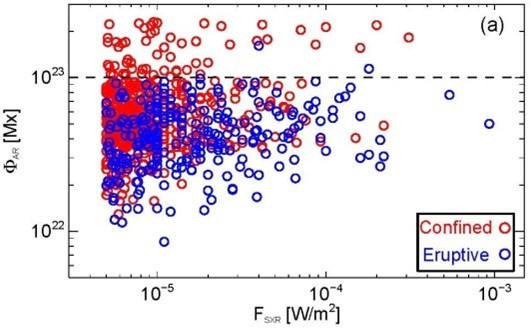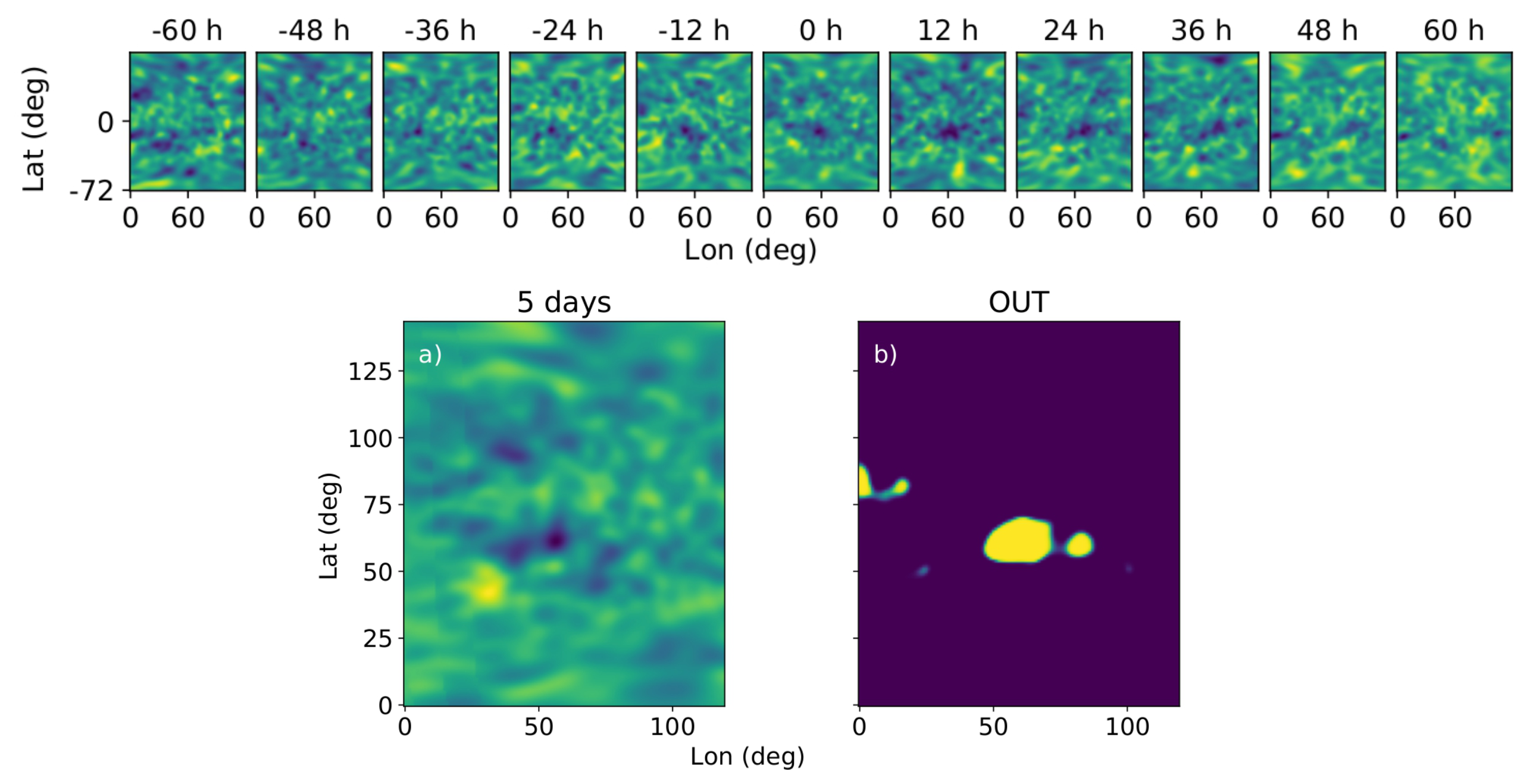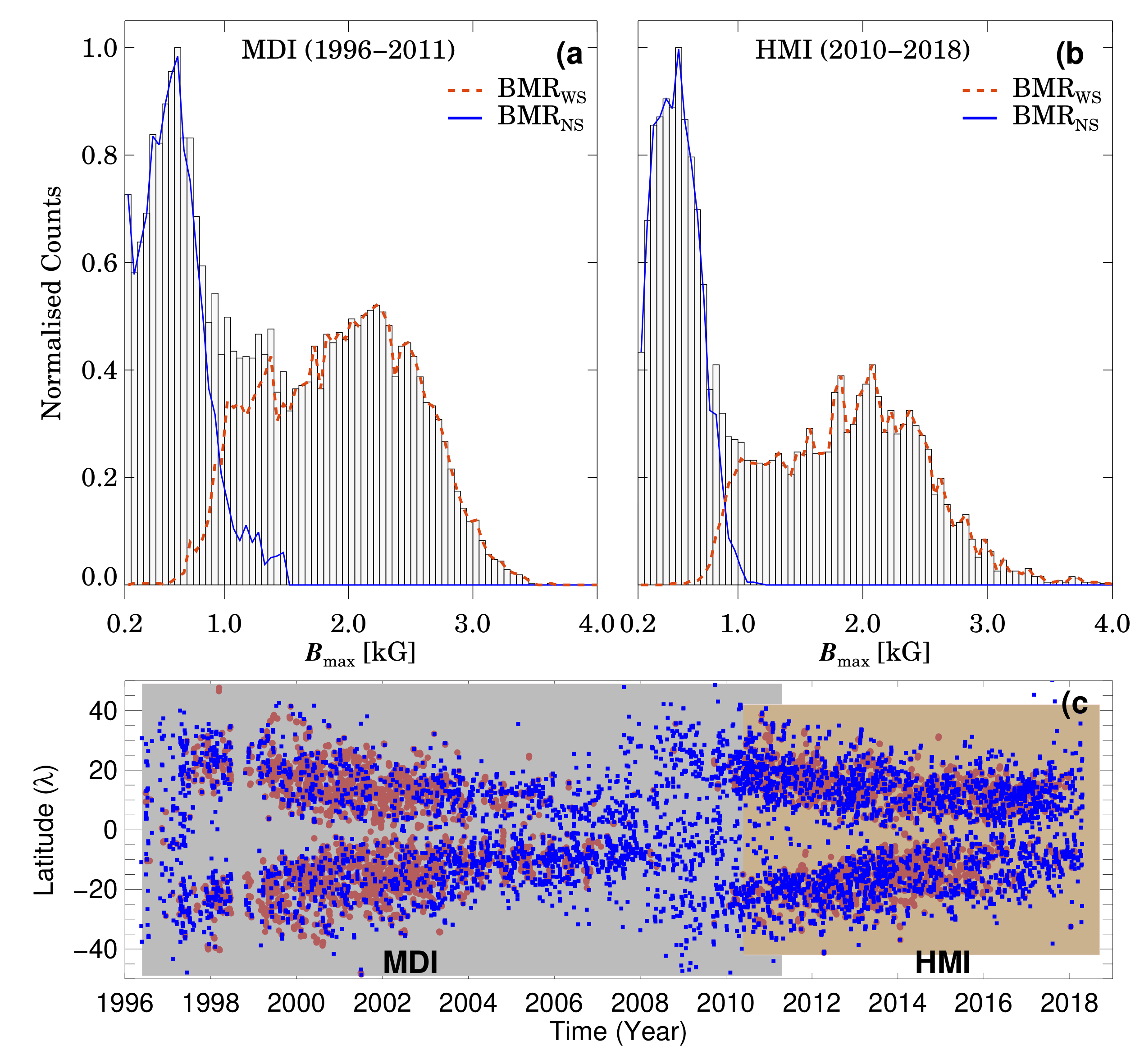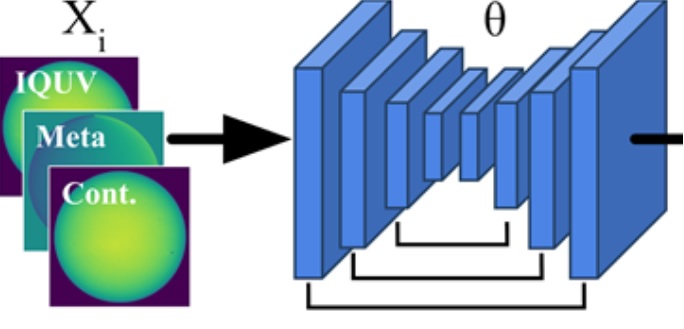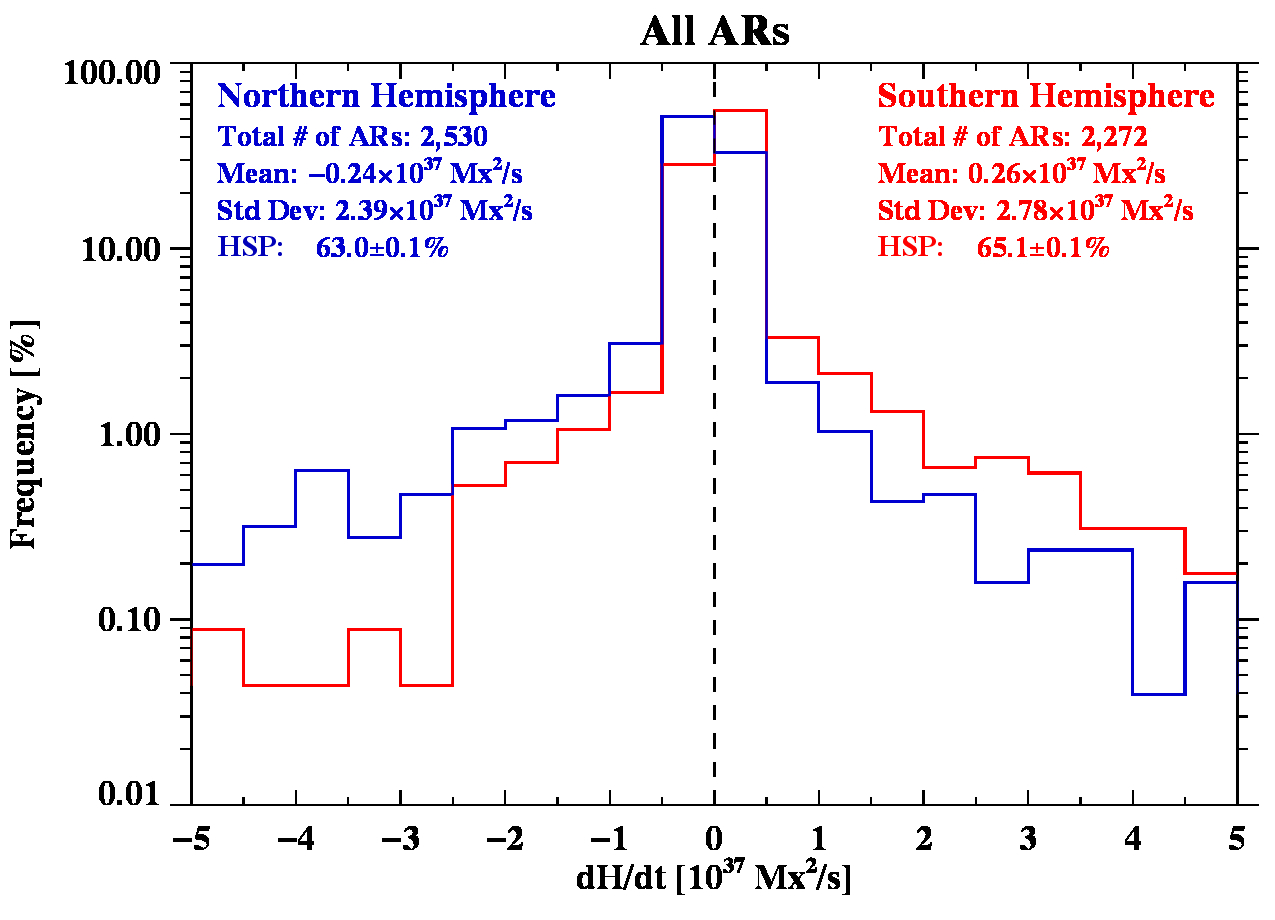Tag Archives: active regions
174. Toward Improved Understanding of Magnetic Fields Participating in Solar Flares: Statistical Analysis of Magnetic Fields within Flare Ribbons
173. Buildup of the Magnetic Flux Ropes in Homologous Solar Eruptions
171. Flare-induced Sunquake Signatures in the Ultraviolet as Observed by the Atmospheric Imaging Assembly
168. Introducing the SPEAR Catalogue from HMI Data
In order to make the properties of magnetic features observed by SDO/HMI more accessible, the Solar Photospheric Ephemeral and Active Region (SPEAR) catalogue has been created as an easy-to-read tabulated text file. Tilt angles from the SPEAR catalogue are shown as a histogram (top) and as a function of latitude (bottom) with colors indicating all regions (blue), regions with anti-Joy (red), and anti-Hale (purple) tilts. Over 40% of regions disobey the laws of Joy and Hale.
162. Increasing magnetic flux of active regions reduces CME eruptivity
160. Performance of solar far-side active regions neural detection
159. Magnetic Field Dependence of Bipolar Magnetic Region Tilts on the Sun: Indication of Tilt Quenching
156. Fast and Accurate Emulation of the SDO/HMI Stokes Inversion with Uncertainty Quantification
151. Hemispheric Sign Preference of Magnetic Helicity Flux in Solar Cycle 24
To study the physical processes causing the hemispheric sign preference (HSP) of helicity in the Sun, the authors surveyed active regions (ARs) observed during Solar Cycle 24 to estimate their magnetic helicity flux, and studied the HSP dependences of the magnetic helicity flux with respect to various properties of ARs.

